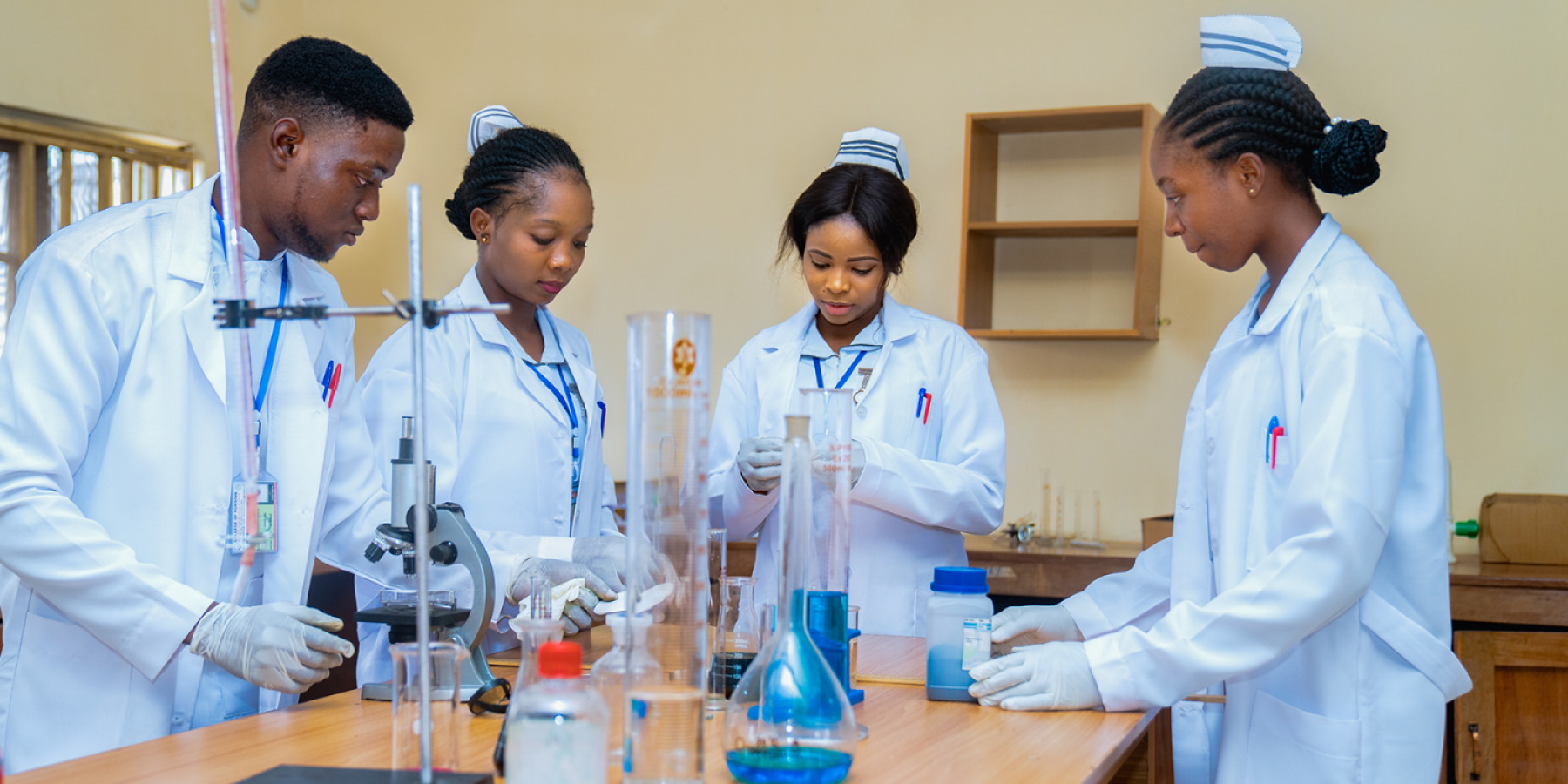Antimicrobial resistance: putting infectious and noncommunicable disease treatment at risk
25th November 2023

25th November 2023
The discovery of antimicrobials almost 90 years ago changed the course of modern medicine, giving doctors the ability to treat previously fatal infections with relative ease. Since then, millions of lives have been saved by what have become common and widely available medicines. But this progress cannot be taken for granted. Today, bacteria, viruses, fungi and parasites are evolving to become resistant to antimicrobials, which include antibiotics, antivirals, antifungals and antiparasitics used to prevent and treat infections in humans, animals and plants. This evolution is known as antimicrobial resistance (AMR), and it is mainly due to overuse and misuse of these medicines.
As a result, antibiotics and other antimicrobial medicines become ineffective and common infections, like pneumonia, urinary tract infections, sexually transmitted infections, and some forms of diarrhoea, are becoming harder to treat, increasing the risk of disease spread, severe illness and death. It is estimated that antibiotic resistance alone was directly responsible for 1.27 million global deaths in 2019 and contributed to an additional 4.95 million deaths, many of which were among people living with noncommunicable diseases (NCDs) like cancer, diabetes, cardiovascular diseases and chronic respiratory diseases. People undergoing chemotherapy for cancer for instance are at especially high risk, because their weakened immune systems are more susceptible to infections. This is also the case for people living with diabetes - about 10 percent of the global adult population. Anyone undergoing surgery, like organ transplants or heart operations, are also threatened with an infection that cannot be controlled.
Decades of progress made for various global health priorities are threatened even more directly. All antiretroviral drugs for HIV, including newer classes, are at risk of becoming partly or fully inactive because of the emergence of drug-resistant HIV. People receiving antiretroviral therapy can acquire drug-resistant HIV, and people can also be infected with HIV that is already drug resistant. In sub-Saharan Africa, about 50% of the infants newly diagnosed with HIV carry a virus that is resistant to some treatments. WHO estimates that in 2018, there were about half a million new cases of drug-resistant tuberculosis identified globally. And the emergence of drug-resistant parasites poses one of the greatest threats to malaria control and results in increased malaria morbidity and mortality.
We know today that no health issue exists in a silo, and AMR is living proof. It casts a vast web that endangers not only all areas of human health, but that of plants and animals as well. The main driver of antimicrobial resistance is the misuse and overuse of antimicrobials, but there are others. These include a lack of access to clean water, sanitation and hygiene (WASH) for both humans and animals; poor infection and disease prevention and control in health-care facilities and farms; and poor access to quality, affordable medicines, vaccines and diagnostics.
All sectors must play a part to ensure antimicrobials are used prudently and appropriately, and take the necessary preventive measures to decrease the incidence of infections. This is why the theme for World AMR Awareness Week 2023, celebrated from 18-24 November every year, has remained "Preventing antimicrobial resistance together", as in 2022.
See what you can do to prevent AMR during the week and all year long.